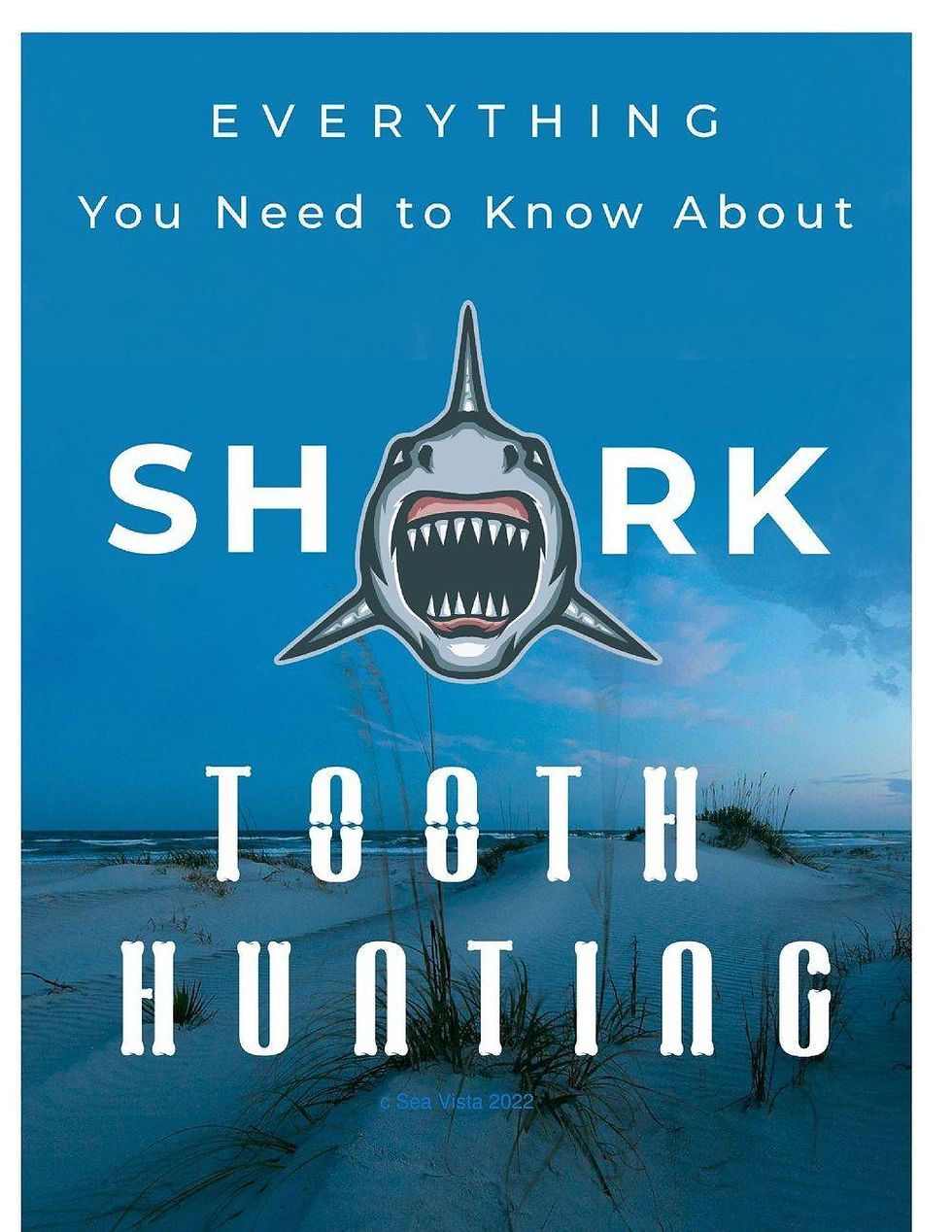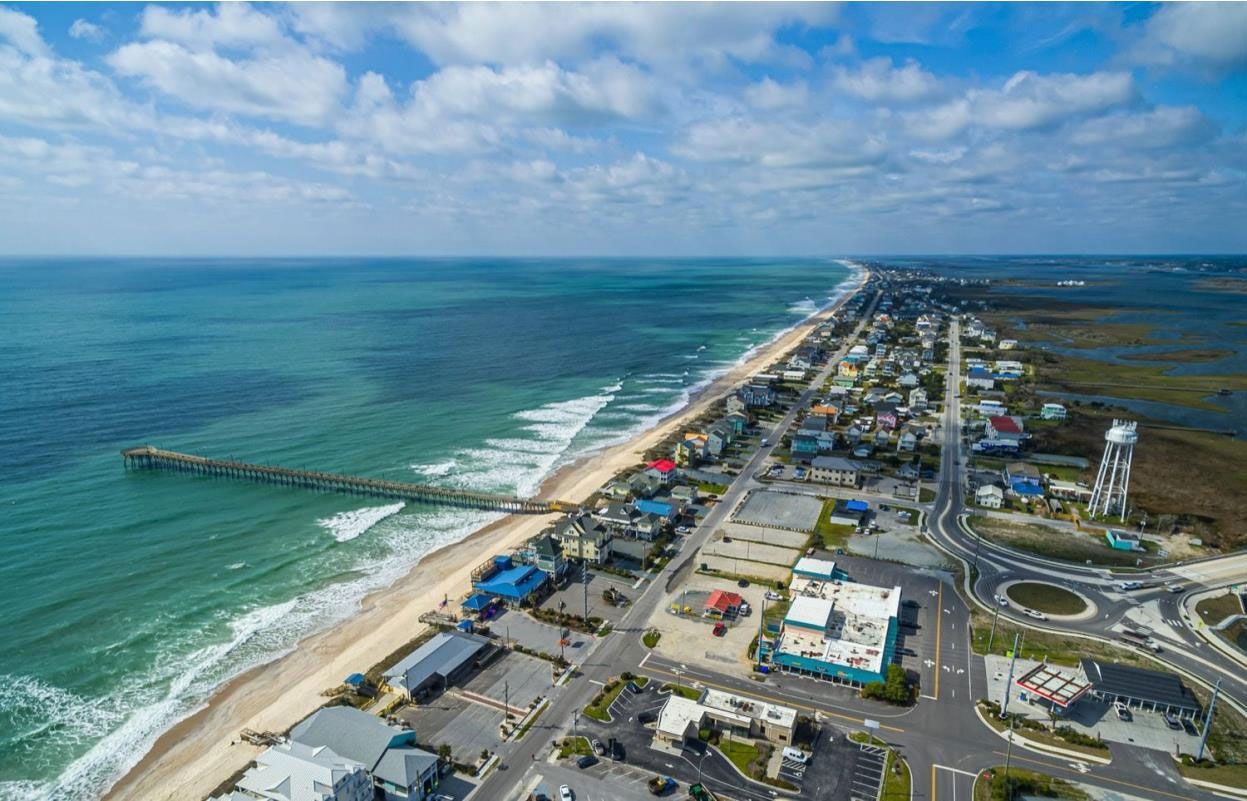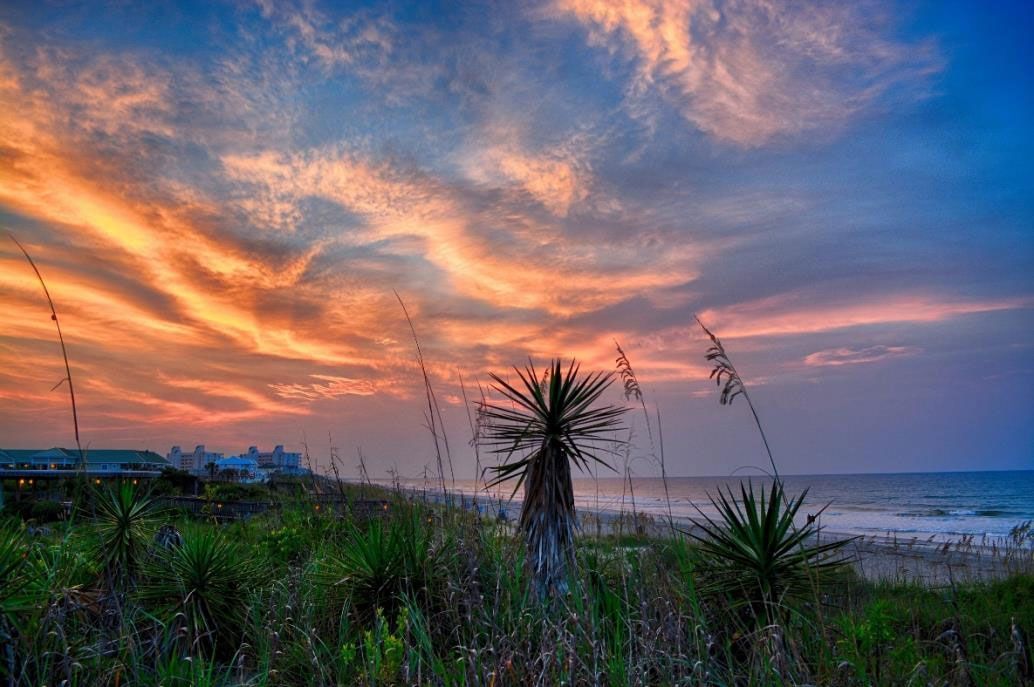SEA GLASS AND SEASHELL HUNTING AT TOPSAIL ISLAND
Did you ever watch movies like Indiana Jones or The Mummy, which featured treasure hunters who overcame many obstacles for just one thing— a boatload of treasure! You even imagined yourself undertaking such great adventures but when you began to think of the perils involved, you heaved a big sigh and decided too just stick to watching them on the TV! Ha! If that has ever, been you…don’t worry, we’re bringing you good news!
Seashell and sea glass hunting might be just what you need. It's as exciting as any treasure hunting activity, it's much less dangerous and costs almost nothing. You don't need to thrust yourself through thick forest trees, plunge yourself into the deep or climb great mountains to get yourself these lovely treasures; they're right at the beach! Any ocean-facing beach is sure to have seashells and since we have plenty of those here at Topsail Island, you'll be in for an exciting vacation when you're here. To top it all off you can take back a treasure chest of your hand-picked sea shells and sea glasses to remind you of your memorable adventures at the beach. For a fulfilling shell hunting venture, we want to offer you some helpful tips. What's more? We'll be featuring some of the most attractive shells you've probably never seen before.

Along the pristine beaches of Topsail Island are thousands of seashells, sea glasses, shark teeth, and other fantastical treasures waiting to be discovered by beachcombers and shell hunters alike. Since Topsail Island is a barrier island, the tides generously array the beach with these treasures, free of charge and twice a day! These seashells were once home to various mollusks like snails, clams and conches etc. The animals when alive would secrete proteins and minerals which would form the framework of the shell and then calcium carbonate would bind to the framework to form the crystals and... BOOM! That's how those lovely gems are formed! When the animals die, the shells are washed ashore by wave action, (there are always more shells than normal after a big storm!) and they will all eventually…many years from now, become a part of the sand. Did you know that sand from white beaches is mostly made up of tiny shell bits?!
Shelling hunting is as simple as it is fun. You only need a few handy pieces of equipment for a successful venture. Take a bucket or bag to stash your precious treasures into. A small shovel may be needed if you want to dig deeper for shells and you'll surely need it to fill the holes back up (Always remember that Turtles HATE unfilled holes on the beach and they can be very dangerous, even small ones). To prevent your feet from getting hurt, a pair of water shoes will be helpful. Feel free to download and print a shell identification guide if you'd like. You should take with you some sunscreen and a pair of sunglasses to prevent the heat from wearing you out before you even have the chance to discover something exciting. It's also important to take a bottle of water (or more!) and your favorite snacks to keep you excited and pumped with energy.
You may find seashells and sea glasses at any time of the day but at certain times the chances of finding a good number or even rare species are greatly increased. Early morning is one such time. All through the night, the tides are decking the sand with precious shells and glasses and in the early hours of the morning, in the cool ocean breeze, before the beach gets crowded, you get to see all the new shells the ocean offered. Going shelling a day or two after a storm is another time that you're sure to make exciting discoveries along the beach. The strong waves and tides from the storm pick up the shells and bring them ashore. When the waters have calmed and the tides are low, more of the beach is exposed for you to explore. Full moons also increase the tidal action at night and increase the number of shells that are brought ashore. It will be helpful to know the daily Topsail tide schedule.
You can find any kind of shell anywhere on the beach, but some parts of the beach can really increase your chances. Places like the tidal pools, around pier supports, seaweeds, and sea grass are great shelling spots. Tidal pools are shallow pools of seawater that remain on the beach when the tide recedes. These pools are likely to have shells of different sorts hidden in them, so don't overlook them even if they just look like a small puddle. If you explore the area around and under the piers at the beach, you're likely to make interesting findings because things tend to collect around there. You may have to dig deeper around the piers, but it'll be worth it. It’s worthwhile to go there before the fishing groups arrive so your chances won't be shortened. Some people avoid seaweed and sea grasses piled up ashore, however those piles tend to hide seashells—floating beds of sea grasses are the public transportation of the oceans and can carry seashells thousands of miles as they just drift along…get messy and check them out!
One place you can safely avoid looking is the sounds and protected inlets. The sounds generally lack wave action and as a seashell hunter, you want waves—they're your best friends for the hunt! You will find much less seashells in the sounds and sea glass is rare behind the protection of the islands
There are many kinds of seashells that have been discovered along the coasts of Topsail Island, some more rare than others. It’s useful to know what shells you want to find and what shells you will find when you head out on the beach. We've compiled a list of common shells that you are likely to find along our beaches— most of these pictures were taken from the beach off our motel!

The Conch
The conch shell has a characteristic fat and conical shape. Conches can grow to large sizes—up to twelve inches long—and are somewhat heavy. It's rare and it can be challenging to find a whole intact conch shell void of holes and missing parts. Take a bow if you find a whole one!

Olive Shells
The Olive shells are long and cylindrical with distinctive spirals and a long opening. They are smooth and shiny and feature dark brownish purple bands. They are small and rarely go beyond three inches but can come in all varieties of beautiful colors!

Scallop Shells
The scallops are commonly found on the Topsail Island beaches. They are mostly shaped like a broad fan which makes them easily identifiable. They come in different shell patterns. The Atlantic Bay scallop shell usually features a molted pattern with dark grey, black, or brown. Some orange, red, or yellow hues may also be noted as well. The stripes on the Calico scallop shells are more pronounced and have brighter colors of pink, red, purple, orange, and brown.
Calico Scallops (right) and Atlantic Bay Scallops (left)

The Scotch Bonnet ©Wikipedia under CC BY-SA 3.0
The Scotch Bonnet
The Scotch Bonnet is creamy-white on the outside with distinctive brown squares carefully arranged around it. It is a rare shell to be found on Topsail Island and it's just about two inches long, so it may be hard to find but who says you can't!
Fun fact: North Carolina named the Scotch Bonnet as its official state shell in 1965. They were the first state in the US to have a state shell. This was done in honor of the early Scottish settlers that founded the state. The shell is similar in appearance to a traditional Scottish woolen cap, hence the name.

Coquina Clams © Julie Magee Heiple, all rights reserved
Coquina Clams
These cute shells can come in teeny sizes. They are generally less than an inch in length. They come in a variety of colors and have a characteristic smooth, shiny surface. They are also noted for their dual shell which is attached in the center and when opened they look like crystal butterflies. If you're careful with them, you can retain the dual shells. You will often see hundreds together on the sand in the breakers…appearing and burrowing down with each wave as they feed.

The Lightning Whelk © 2022 | Century 21 Action, Inc. | All Rights Reserved
The Lightning Whelk
The Lightning Whelk shells can be easily identified by their left-hand spiral. It is grayish white in color with purplish-brown streaks. Its sizes range from 4-16 inches.
Seashells aren't the only belles of the beach. Sea Glasses are also worthwhile specimens for your treasure chests. While seashells have organic components, sea glasses, on the other hand, are formed from broken glass pieces originating from broken bottles, tableware, trinkets, or shipwrecks. These glass pieces are pounded and tumbled in the ocean for years—ranging from 20 to hundreds of years—and they are chemically weathered until all of their edges are smoothed and rounded like pebbles. When “ready” or “cooked”, the glasses slick surface gains a frosted appearance. Sea glass can come in any color depending on the color of its predecessor, but three colors top the charts amongst others: white, green and brown. The white is actually clear glass that appears white after being weathered. Red and Purples are the “Grails” of Sea Glass hunting and can be quite rare.


A jar of sea glass at Topsail Beach
The fun part about it all is that you never know what you may find. You may just find a rare species of seashells or unearth a unique shape or color of sea glass. Shark teeth are also common. You can check out our Shark Teeth Identification Chart and our Tooth hunting guide on our website. Okay! You're all set for an adventurous day of beach hunting. Who knows, you may just discover something no one else has ever seen!












